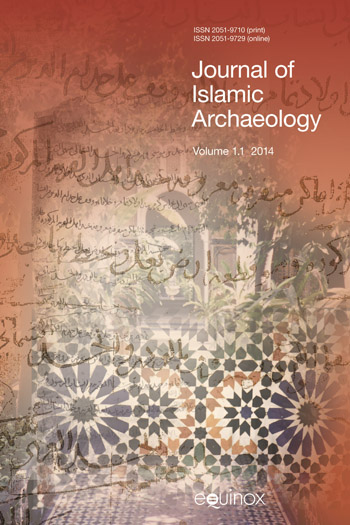Life on the Farm in Late Medieval Jerusalem
The Village of Beit Mazmil, its Occupants and Their Industry over Five Centuries
Bethany J. Walker [+–]
University of Bonn
View Website
Studies of Jerusalem in the post-classical periods have traditionally centered, unsurprisingly, on the Old City, isolating it from the regional setting in which it operated on a daily basis. The agricultural hinterland of Jerusalem – comprising a network of smaller settlements, agricultural terraces, fields, cisterns, watch towers, and local marketplaces that together fed the city – have not been a focus of archaeological research until very recently.
Life on the Farm in Late Medieval Jerusalem offers a rare glimpse into the daily life of a single rural household and its intimate, but ever-evolving, relationship with Jerusalem from the 14th through the early 20th centuries. It does so through a tightly integrated, multi-disciplinary study of one astonishingly well-preserved farmstead in its agricultural setting, how both settlement and farmland developed together over time, and how these changes impacted the socio-economic development of Jerusalem during the Mamluk and Ottoman Sultanates. The life history of this place is thus written on the basis of archaeological, botanical, and geological data, all interpreted against a rich textual record of land sales, field development, conflict, and cooperation.
Table of Contents
Chapter 1
Chapter 2
Chapter 3
Chapter 4
Chapter 5
Chapter 6
Chapter 7
Groningen Institute of Archaeology
Chapter 8
Chapter 9







